Last week, we looked at the way challenger brands differentiate themselves from competitors using their most important asset — their people. It turns out that focusing on building brand distinction by offering great service translates to bottom-line financial performance.
In far-reaching research for his book, “Firms of Endearment” Dr. Raj Sisodia discovered that companies holding excellent customer service as one of their core tenets returned an average of 1,111% over a 10-year period as compared with 122% for the S&P 500 over the same period.
“What’s most significant about this is that we didn’t set out to find companies that outperform the stock market,” Sisodia said in a 2009 presentation. Sisodia was looking for examples of companies driven by passion and purpose when he found the corresponding impressive financial performance, which also tied back to a relentless focus on the customer experience. The list of companies he identifies in the book as standouts include: Amazon, BMW, CarMax, Commerce Bank, Container Store, Costco, eBay, Harley-Davidson, Honda, IKEA, JetBlue, LL Bean, Patagonia, REI, Southwest Airlines, Starbucks, Trader Joe’s, UPS, Wegmans Food Markets, and Whole Foods.
According to Sisodia, companies wanting to ensure great customer experiences:
- Drive better employee retention by hiring people with a passion for their work.
- Give rank-and-file employees greater salaries and benefits than comparable companies, while paying relatively modest executive salaries.
- Cultivate a culture of openness from the top down.
- Devote time to training and developing employees.
- Empower employees at all levels to make on-the-spot decisions to ensure customer satisfaction.
- Create close relationships with customers.
- View corporate culture as a great business asset.
The truth is, until a company is delivering an optimal customer experience through excellent and consistent customer service, it isn’t well positioned to achieve maximum benefit from advertising or any other marketing activity.







